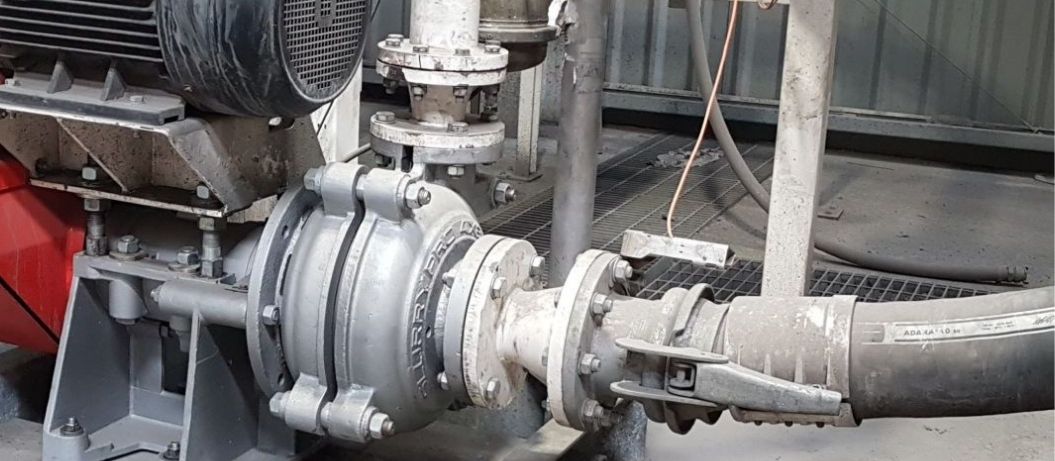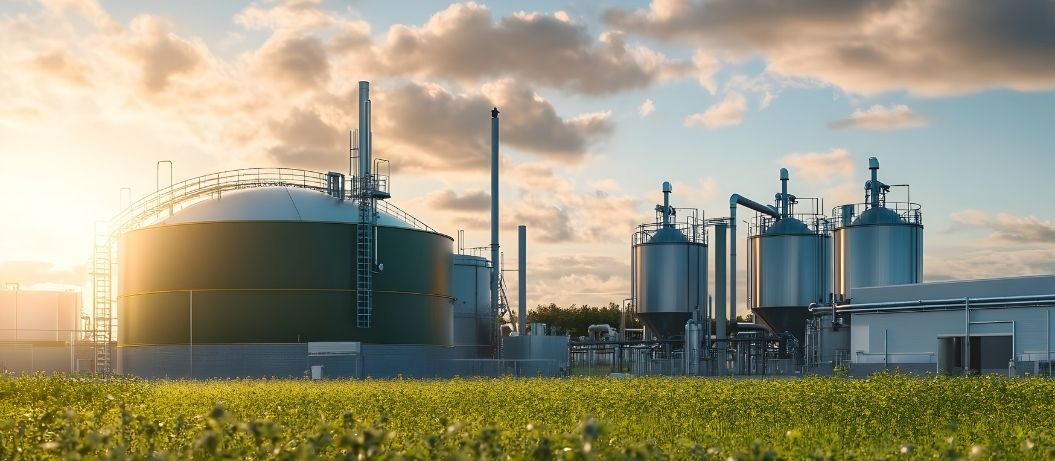Have you ever wondered what we meant when we talk about flocculation, lignite or fines? Perhaps you’ve wondered what the difference was between a gyratory crusher and an impact crusher or maybe you’re struggling to remember what I.B.A stands for?
Bookmark this page and never be stumped again as we feature a selection of wash plant terms and their meanings.
Aggregate:
A broad term to describe a material used in the construction process such as sand, crushed stone, gravel, slag, recycled concrete and geosynthetic aggregates. A major part of the quarrying industry is extracting rock from the ground to produce aggregate.
Aggregate screening:
The separation of aggregate by size order. Material is then either used immediately or passed on for further processing.
Asphalt:
A combination of bituminous pitch with gravel or sand.
Bitumen:
Bitumen is a liquid that can be obtained naturally or extracted from petrol or coal. It is used in the production of asphalt and tar and are used for surfacing roads and for waterproofing.
Crushing:
The grinding, breaking or pounding of ore or stone into small pieces or powder, undertaken over a number of stages.
Feed box:
Situated at the feed end of the screen, the purpose of the box is to reduce the speed of the feed and to spread it across the full width of the screen.
Fines:
Particles finer than 63µm.
Flocculation:
Coalescence of minute particles into small clumps to accelerate settlement as part of dewatering or thickening of a pulp. Chemicals (flocculants) are used to promote adhesion.
Glass recycling:
The process of turning used glass into a new product. Used glass is sorted by colour before it is melted then moulded.
Gravel:
Granular material in the size range 2mm to 60mm, generally arising in the form of sand and gravel deposits allied to river/ water activity. Used as an aggregate in concrete and in the building of roads.
Grit:
Small hard fragments of mineral aggregate for application to a road surface.
Gritstone:
A hard, coarse-grained, siliceous sandstone
Grizzly:
A type of screen, robust in build. A grizzly is constructed of parallel tapered steel bars held apart by distance pieces.
Gypsum:
A soft sulphate mineral composed of calcium sulphate dihydrate, with the chemical formula CaSO4·2H2O. Used in the manufacture of plaster-board, Portland cement, fertilizer etc.
Gyratory crusher:
A compression crusher consisting of a moving member, known as the head, in the form of an erect truncated cone rotating eccentrically within the fixed member (the outer shell), which is in the form of a frustum of an inverted cone.
IBA:
This stands for Incinerator Bottom Ash. This is the residual solid material after waste is burnt in an incinerator.
Impact crushers:
Impact crushers involve the use of impact rather than pressure to crush material. The material is contained within a cage and fragmented by a rotating mass (the rotor.) The cage has openings on the bottom, end, or side of the desired size to allow the pulverized material to escape.
Jaw crusher:
A jaw crusher uses force to break the material. A plate moves forwards and backwards against a fixed plate, crushing the material in-between.
Lignite:
Low grade coal that contains volatile matter and high moisture, often prevalent in alluvial sand deposits, such as the Trent Valley. It is a contaminant in some concrete sand products but can be used as a fuel for steam-electric power generation.
Log-washer:
A long water tank set at a slope, in which one or two shafts, or logs, fitted with paddles rotate. The feed is introduced at the lower end of the tank, the paddles break it up and subject it to a tumbling action; dirty water and fines are discharged at the lower end and washed aggregate at the upper end. These washers are used where there is conglomerate or a high proportion of clay among the gravel.
Materials Recovery Facility:
In the waste management industry, a Materials Recovery Facility (MRF) is a specialized plant that receives, separates and prepares recyclable materials for marketing to end-user manufacturers.
Picking station:
Picking stations are used when manual sorting of the feedstock is required. Picking stations are horizontal conveyor belts configured to allow operatives to remove unwanted items by hand.
Polyurethane:
A plastic material that can be either rigid or flexible. It is used in the lining of pipes, vessels and other parts subject to wear, and in the manufacture of screen panels.
Primary Crushing:
The first stage of the crushing process; primary crushing sees material of up to 1.5m wide by 300-400mm reduced in size.
Sand:
A naturally occurring granular material in the size range 0.06mm to 2mm, often containing a high proportion of quartz.
Scalping:
The process of removing low-grade top rock and clay from the main feed and transferring it to a mineral processing plant.
Screen Deck:
A surface provided with apertures of specified size for carrying out the operation of screening.
Screening:
The separation of aggregate by size. The aggregate is then either used immediate or passed on for additional processing
Scrubbers
Scrubbers are designed to break up alluvial gravels, clay and sand. They can handle stone washing, feeds with high clay content and difficult ore. This is done through rotation and the force of particles hitting each other. As the scrubber rotates slowly, the fines are churned along with the oversize and water. As a result, the soil matrix is broken and the target material is liberated.
Secondary crushing:
A second reduction in size of a material by means of crushing. The material is reduced to 50-60mm or even 40mm in some plants.
Sieve Analysis:
A practice used to assess the particle size distribution of a granular material.
Slag:
This is the stony waste matter separated from metals during the smelting or refining of ore.
Slurry:
A suspension of mineral particles in water.
Tertiary crushing:
Stage three of the crushing process involving material less than 20mm in size.
Thickener:
Also known as a Clarifier. This is a large round tank, in which solids settle over time, forming a slurry. The slurry is continuously removed while fairly clean water overflows.
Trommel:
Also known as a rotary screen, a trommel is used for washing and sorting different sized pieces of ore or coal. It consists of a cylindrical shell of perforated plate or wire cloth, mounted on a central shaft inclined at a small angle to the horizontal. It may also be fitted to the discharge end of a washing barrel or scrubber.
Vibratory Feeders:
An instrument that uses vibration to feed material either to a machine or to a process.
Wash plant:
Complete plant which is used in the production process to remove clay and silt from sand and gravel. Provides the means to producing higher aggregate specifications which are increasingly necessary due to shortages of natural sand and gravel.
Washing Barrel:
A device for washing aggregate. A rotating cylinder featuring lifters inside which lift and move the material along the barrel. The aggregate can be moved either with or against the wash.
Washing Screen:
An angled vibrating screen. Water is sprayed from above the screen onto the feed to aid the removal of unwanted content such as dust, loam and clay.
Weighbridge:
A device for weighing a load carried by road or rail wagons. It is a very heavy duty weighing scale which can weigh the vehicle both empty and loaded and thus calculate the load carried by the vehicle.
Wet Screening:
The stage at which water is applied to the feed or sprayed on to the screening deck. Wet screening improves screening efficiency and also increases capacity.
WRAP:
Waste & Resources Action Programme. A registered charity that works with businesses, individuals and communities to achieve a circular economy through helping them reduce waste, develop sustainable products and use resources in an efficient way.
We also take a sustainable approach to our work and are committed to reducing energy waste from pumps. Our expert knowledge allows us to reduce energy usage by 20% on the average site!
Call us today on 0808 196 5108 for more information.
 January 26 2021
January 26 2021 5 Minutes min read
5 Minutes min read


